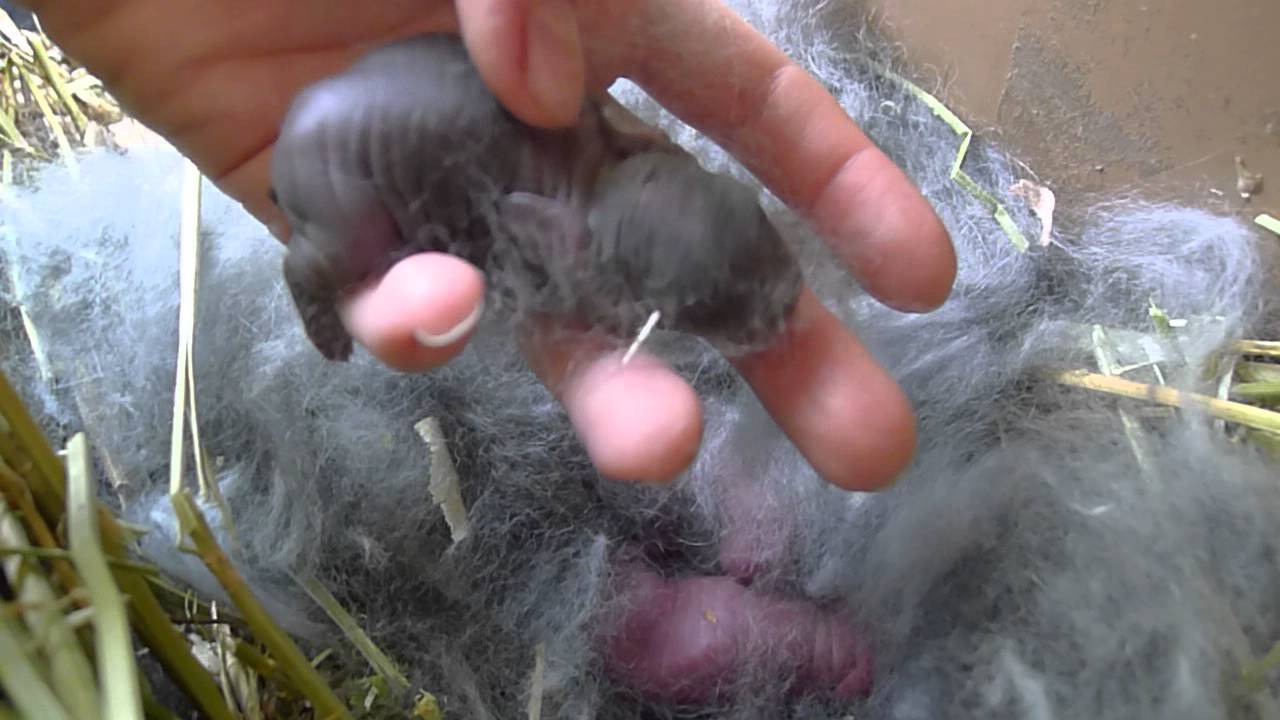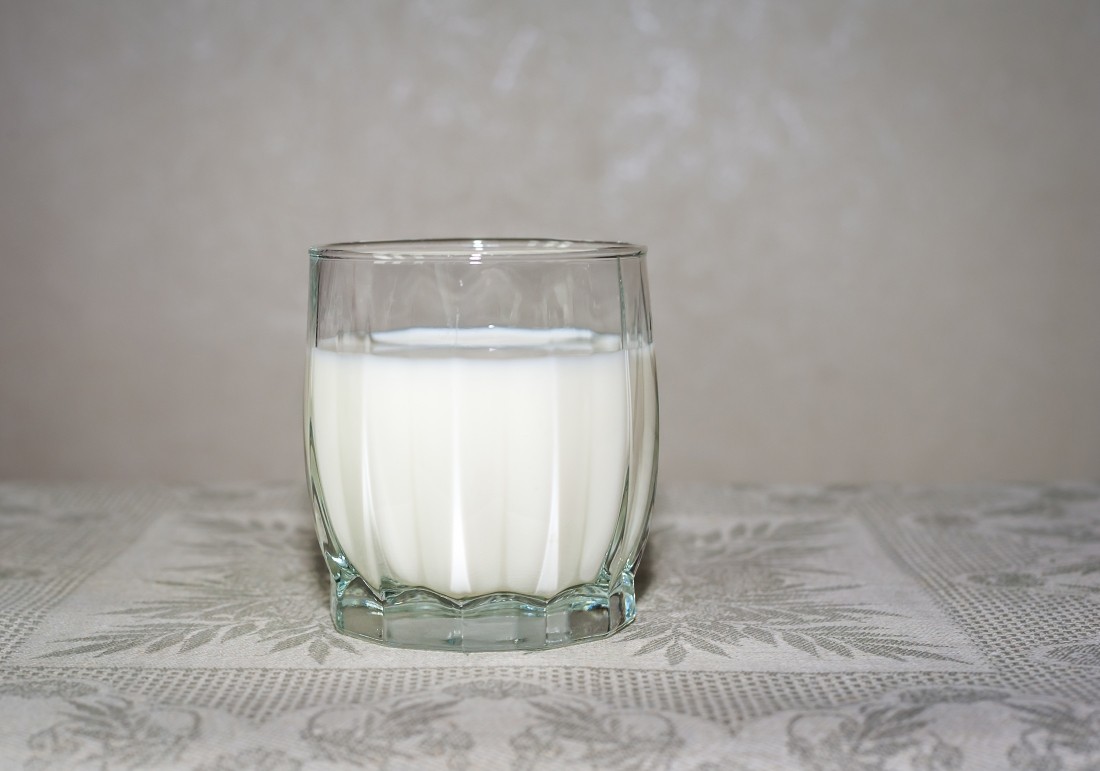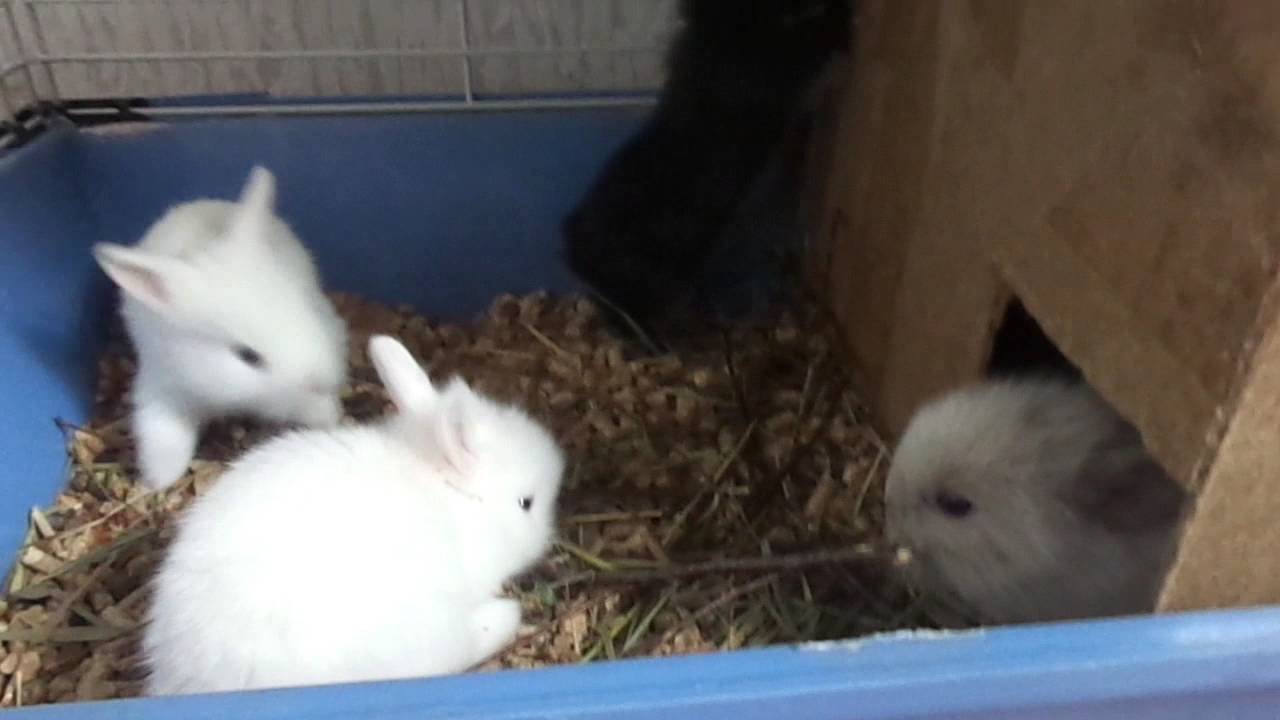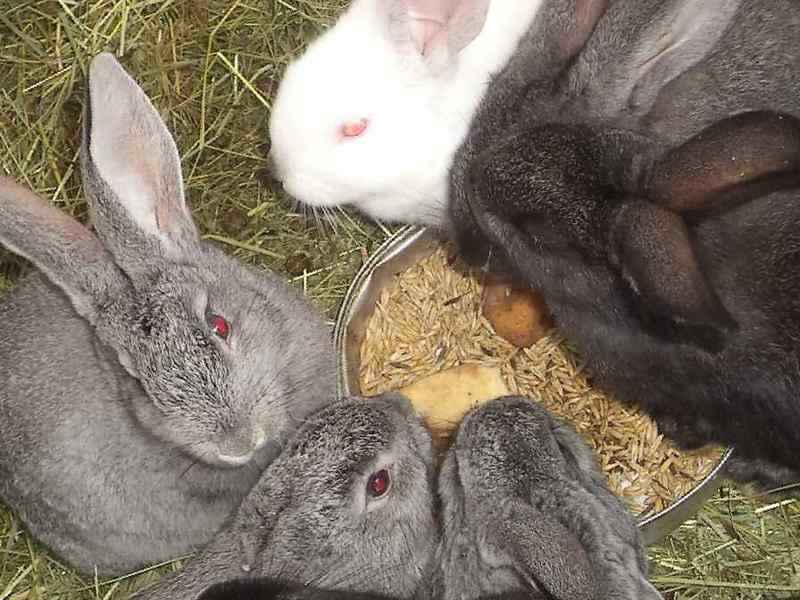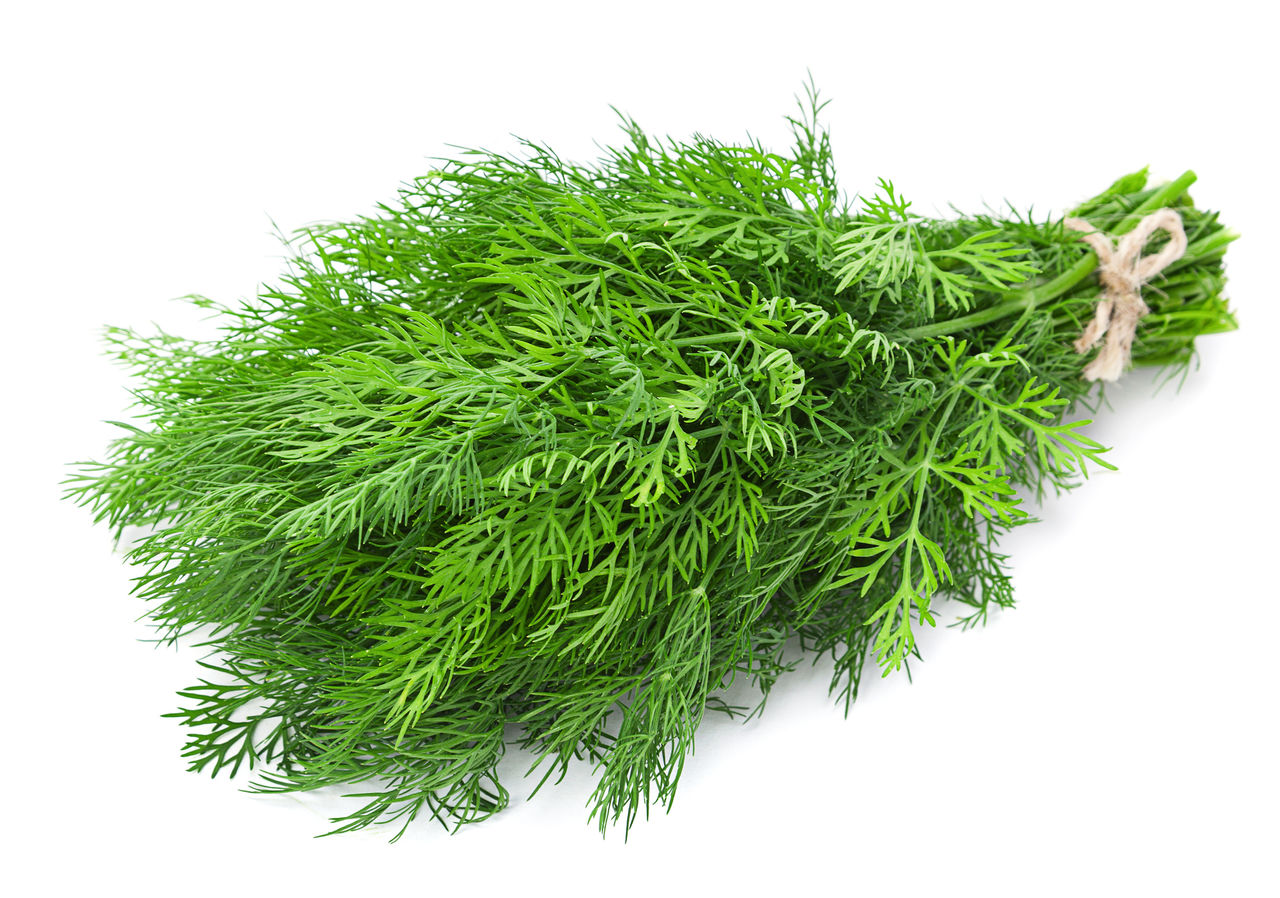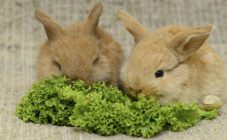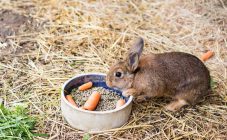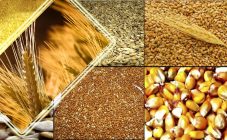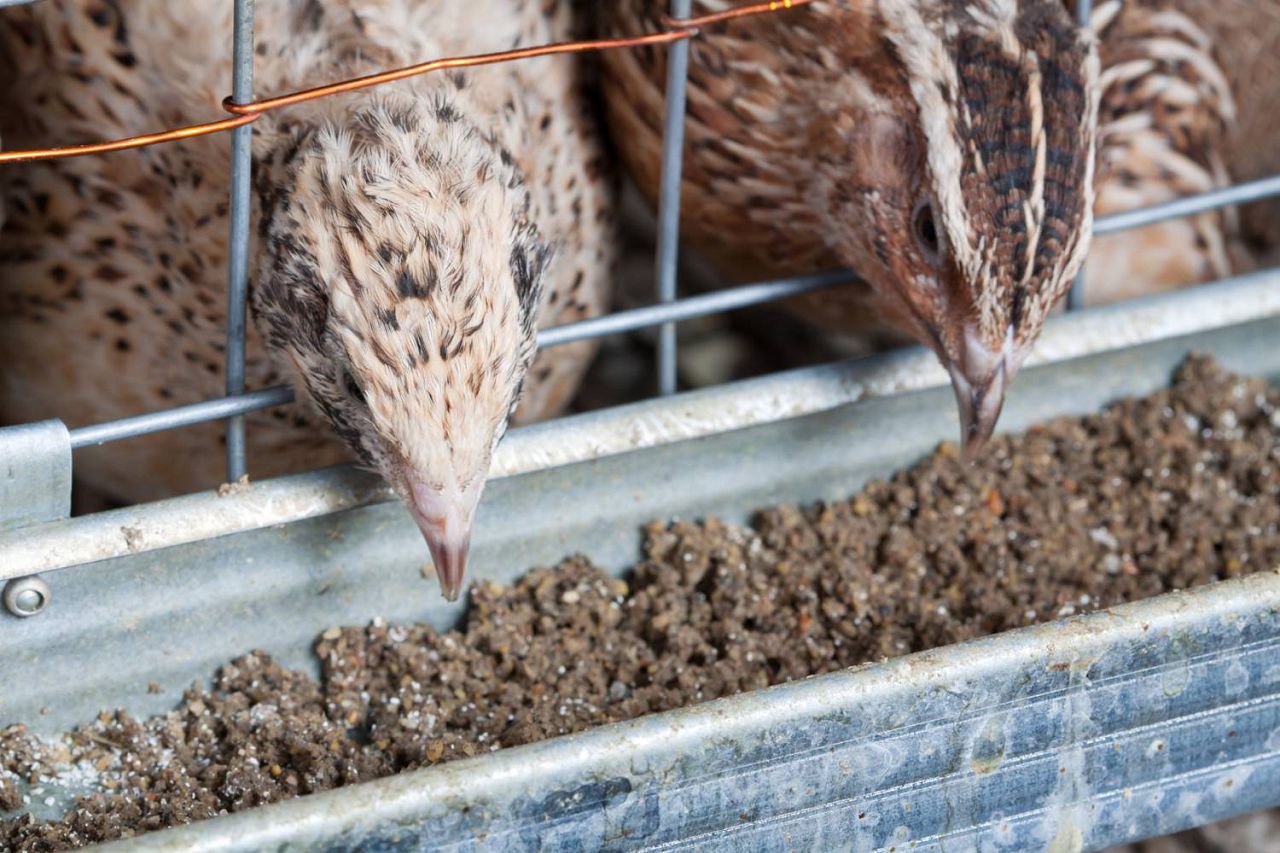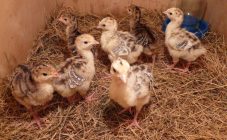Content:
The main product for rabbits from birth to two months is mother's milk. If weaning off the female too early, problems with the intestines and gastrointestinal tract appear. Up to 15 days, it is allowed to feed the offspring exclusively with milk. Therefore, if the rabbits are 10 days old, what to feed and how many times is obvious - exclusively natural lactation products as needed. But it happens that the mother refuses to feed the offspring, and then you need to quickly navigate and take action.
In the first five days, this can lead to the death of the livestock, if delayed with solving the problem. In order for the rabbit to start feeding, it is necessary to fix the animal, hold the baby rabbits over their mouths so that they can reach the nipple. It is necessary to repeat 2-3 times a day, until the female begins to engage in offspring on her own. The procedure is carried out throughout the first week after birth.
How to feed rabbits in the first weeks of life:
- Newborns up to 3 weeks old are fed exclusively with milk;
- From the second or third week to the month, you can add a little dry food in combination with hay;
- How to feed monthly rabbits? From one month of age, you can continue to feed with milk, increasing the dose of complementary foods in the diet until weaning.
Diet of a sprouted female
It is necessary to constantly feed the female, since her body spends a lot of energy and nutrients on the production of lactation products. The amount of milk produced reaches 170 g per day. To compensate for the loss of protein, to feed eight babies, it is necessary to add up to 70 g of crude protein to the female's diet.
During the lactation period, the requirements for food for the female increase several times. It is advisable to change the type of feed every week, alternating oats, bran, mineral supplements, corn and greens.
The feeding scheme of a lactating female at different ages of rabbits:
- From the first to the tenth day of feeding - 320 g;
- 11 to 20 - 440;
- From the beginning of 4 weeks to a month - 560 g;
- Starting from one month of age of the offspring - 700 g.
In winter, hay from legumes, root crops, boiled potatoes, and juicy silage are considered the best food for a rabbit during lactation. In summer, it is useful to give nutritious green plants - clover, alfalfa.
Concentrated feed at any time of the year should include peas, oats, bran. During lactation, 150-200 g of hay, 50 g of oil cake, 10 g of meat and bone meal are additionally given.
Minerals are included in the rabbit's diet without fail.
In order for the female to give more milk, it is required to feed her with dried lactic green feed. Dill or parsley shoots will help with this. Various mash-ups are useful for feeding a lactating female, for example, in a 6: 3: 1 ratio of oats, alfalfa and mineral supplements.
At what age to start giving supplements
The rabbits continue to feed on their mother's milk until two weeks of age. The addition of groundbait takes place gradually. The transition to feeding takes place starting from the second week.At this point, the teeth of the offspring are already strong enough to withstand harsh feed.
At this age, it is allowed to feed dry mixtures based on dried herbs. Juicy food at this time is undesirable.
How to feed rabbits without a rabbit
In case of the death of the rabbit or her illness, the livestock may be left without breast milk. In this case, you will have to feed the young livestock with your own hands, using artificial feed and milk from other animals.
How to feed little rabbits up to a week
You can feed babies up to a week only with the use of milk from other animals or dry substitutes. Milk from cattle or small ruminants works well. In their absence, artificial substitutes are suitable.
To saturate the body of a young livestock with a sufficient amount of nutrients, when feeding with cow or goat milk, it must be diluted with unsweetened condensed milk in a 1: 1 ratio. The milk mixture is mixed with condensed milk in a 1: 2 ratio. Goat milk is given to babies unmixed, without the addition of condensed milk.
You can inject the mixture into the mouth of the rabbits with a syringe or make a pacifier yourself. To do this, you need an empty penicillin vial, then secured to the top of the nipple from the pipette cap.
Rabbits are fed 3-5 times a day:
- The first time is in the early morning;
- 3 times a day;
- In the evening, 1 time.
Feed exclusively with milk for up to 7 days.
How to feed two week old rabbits? At this age, the amount of the product doubles, and the frequency of food is cut down to three times a day. At the end of the second week, the milk dose is tripled.
What to feed rabbits from one week of age?
In the early days, it is very difficult to feed a baby. To accomplish this, you need to take a cotton swab, wet it in milk, then rub your lips with it. When the baby licks his lips, the procedure is repeated. After he gets used to the taste, you can move on to the nipple or syringe.
Rabbits are 20 days old, what to feed if the rabbit abandoned
At this age, babies can eat independently from a bowl. Feeding babies with milk is carried out up to 30 days. Next, you can introduce hay or carrots with wet feed. Wet mash from mixed feed can be fed fresh in small quantities.
Additionally, you can buy grass in granular form for feeding at a veterinary pharmacy. One serving should be 3% by weight of the rabbit.
From one month of age, the amount of water additionally increases. To begin with, water is given with a teat. In the future, when they begin to consume the liquid themselves, you need to monitor the completeness of the drinkers. Milk feeding continues until the age of one and a half months, then there is a smooth transition to the normal menu.
How to feed young animals after jigging
When the offspring are weaned, the young can feed on hay and equivalent feed from the adult menu. At first, add the same food that they ate with the lactating female. Then gradually replace the food. How to feed monthly rabbits will not be a problem, their menu is already quite extensive.
How to feed rabbits at 1 month:
- Greens or hay;
- Vegetables - boiled potatoes, zucchini, pumpkin;
- Hay flour;
- Chopped carrots;
- Oats;
- Moistened compound feed;
- Bone and fish meal.
From the fourth month, you can switch to a fully adult diet. The percentage of combined feeds is gradually decreasing due to the high content of lipids, which are harmful to rabbits when the norm is exceeded. Especially they give a lot of greens and hay.
The composition of the diet in winter:
- Hay;
- Compound feed;
- Juicy feed;
Summer:
- Greens;
- Concentrates.
The animals are fed 3-4 times a day.The remains of one of the feeds indicate that the rabbits cannot feed on it. It is necessary to reduce its amount.
What should not be given to rabbits
It is forbidden to use certain foods for feeding young rabbits. They can lead to impaired performance or problems with the gastrointestinal tract:
- Cookies and sugar-containing foods;
- Mushrooms;
- Bread and baked goods;
- Wet vegetation (causing bloating)
- Spicy and fatty foods;
- Rotten food waste;
- Toxic plants;
- Tops of tomatoes and nightshades.
Feeding rabbits is a complex and demanding process. Young mother rabbits may refuse to feed the herd. Therefore, it may become necessary to feed them yourself. Starting from the second week, supplements are added to the diet of the rabbits. At this point, you can give small meals twice a week for adults. By one and a half months, the offspring menu changes to match the adult. The portions increase every month. By the fourth month of life, animals completely switch to normal nutrition.


